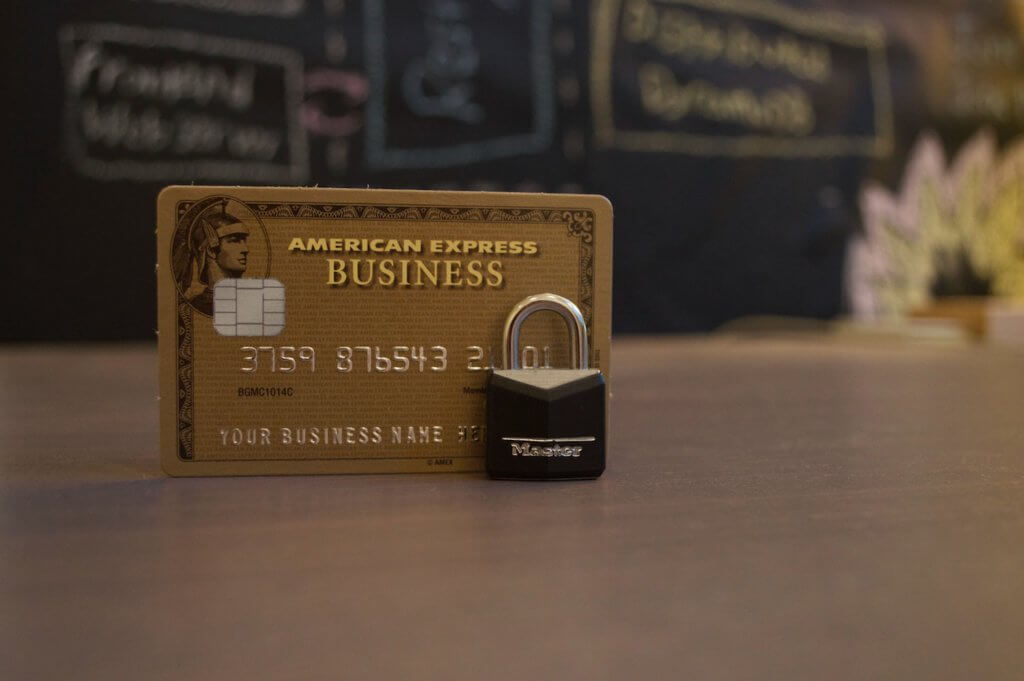
Unlike people, all credit cards are not created equal. Further, we are not endowed with an inalienable right to equal treatment by all credit card issuers.
In other words, caveat emptor is very much applicable when you’re looking to get a credit card. For those of you who are a bit soft on Latin, the term means, “let the buyer beware”.
With that in mind, here are some things to consider when shopping for a credit card.
The Key Factor
Are you in a position to pay your charges off in full at the end of every month? This is the ideal situation, in that it will help you avoid paying interest charges. These can mount rather significantly if you carry a balance from month to month.
If you won’t be carrying a balance, your search should be less focused around interest rates. Instead look for a card with the best perks and the lowest annual fee (Or NO annual fees).
If this is going to be your day-in and day-out instrument for spending, you’re going to want to compare credit limits, access to rewards programs and interest rates.
The Interest Rate
Speaking of which, interest rates can be either fixed or variable.
Variable rates are usually tied to the prime interest rate. This can be great when it’s low, but you’ll really feel a pinch when the prime goes up. Ideally, you’ll get the lowest fixed rate you can find. This makes budgeting easier.
However, even a fixed rate can be raised under certain circumstances—as disclosed in the cardholder agreement.
How Finance Charges are Calculated
Most card companies employ the average daily balance method of calculating interest charges. The average daily balance is the sum of a card’s balance on each day of the billing cycle, which is divided by the number of days in the cycle.
The calculation is as follows:
The average daily balance is multiplied by the APR, which is then multiplied by the number of days in the billing cycle, which is then divided by 365. While it sounds complicated, this is one of the least expensive methods of calculating credit card interest. You want to especially avoid cards that compute this using two billing cycles, as it will cost you more money.
Fee Structures and Penalties
All issuers levy penalties for late payments and exceeding credit limits (more on that later). However, that’s just the beginning. Credit card companies also impose fees for transactions such as balance transfers and cash advances. You could also be required to pony up for asking to increase your credit limit or make a payment by phone.
The good news is this isn’t universal; there are cards out there with reasonable fees. When it comes to balance transfers, look for offers with no transaction fees and zero percent interest for at least 12 months.
And, don’t pay extra for rewards programs.
Credit Limits
Your credit limit will vary according to your credit history and income. An artificially low limit can get you into trouble, sometimes not of your own making. Issuers have been known to reduce customers’ credit limits to an amount lower than their current balance. And yes, they then charge a penalty for being over the credit limit.
This can easily force you into a situation in which your debt swells unexpectedly and making your payments becomes difficult. If this has already happened to you, companies like Freedom Debt Relief can help you negotiate payment terms with your creditors to get your finances back under control. Whatever your credit limit is though, the best play is to always avoid using more than third of it. This will help you avoid this situation and protect your credit score.
These factors are among the primary things to consider when shopping for a credit card. Other elements to contemplate include the way cash back programs, loyalty points and rewards work. You’ll also want to take a careful look at introductory interest rates and the parameters around which they’re granted.
